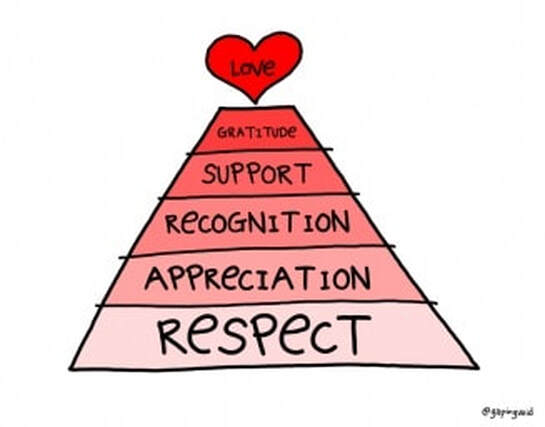Timeline of events in Service Academy history
Below is a timeline of events in service academy history, focusing on times when the public became aware of the problem of sexual assault. Blue events are USAFA historical landmark events, red events are sexual assault scandals in the military, green events are members of the military, public, or media coming forward about the problem of sexual assault and harassment, and purple events are administrative actions taken by the U.S. military against sexual assault and harassment.
Moving Forward. Changing Culture.
Studies investigate the correlation between "rape culture" and sexual assault
Three studies on the relationship between rape culture and sexual violence are referenced below. Clicking the associated DOI link will bring you to the article's permanent location on the internet where you can read the abstract. The abstract for the McMahon article is included below as an example. You can also look through the bibliographies of these studies to find additional relevant articles!
- McMahon, S. (2010). Rape Myth Beliefs and Bystander Attitudes Among Incoming College Students. Journal of American College Health. 59 (1). Retrieved from: https://www.tandfonline.com/doi/abs/10.1080/07448481.2010.483715
- Objective: The bystander approach to rape prevention is gaining popularity on college campuses, although research is limited. This study explored bystander attitudes and their relationship with rape myths in a sample of college students.
- Participants: Surveys from 2,338 incoming undergraduate students at a large, northeastern university were analyzed.
- Methods: Participants completed revised versions of the Illinois Rape Myth Acceptance Scale and the Bystander Attitude Scale.
- Results: A higher acceptance of rape myths was reported by males, those pledging a fraternity/sorority, athletes, those without previous rape education, and those who did not know someone sexually assaulted. A greater willingness to intervene as a bystander was reported by females, those who had previous rape education, and those who knew someone sexually assaulted. Acceptance of rape myths was negatively related to willingness to intervene.
- Conclusions: Bystander intervention programs should include content on rape myths as well as focus on the role of gender.
- Salazar, L.F., Swartout, K.M., Swahn, M.H, Bellis, A.L., Carney, J., Vagi, K.J, & Lokey, M.S. (2018). Precollege Sexual Violence Perpetration and Associated Risk and Protective Factors Among Male College Freshmen in Georgia. Journal of Adolescent Health. 62(3): S51-S57. DOI: https://doi.org/10.1016/j.jadohealth.2017.09.028
- Suarez, E., Gadalla, T. (2010). Stop Blaming the Victim: A Meta-Analysis on Rape Myths . Journal of Interpersonal Violence. 25(11), 2010-2035. Retrieved from: http://journals.sagepub.com/doi/abs/10.1177/0886260509354503
Love Pyramid by Hugh MacLeodLove Pyramid by Hugh MacLeod (Gapingvoid Art) supports the idea that love is built on respect, and that real love can only happen with that foundation. The other parts of the pyramid are also important, but won't support love by themselves.
"Rape culture" and how to fight it
|
Social Ecological ModelThe social ecological model presents one framework for planning an approach for Social and Behavior Change Communication (SBCC). SBCC is used in public health fields to support effective behavioral changes, and has been effective in changing public behavior for malaria, HIV treatment, and even the use of sewage systems. The social ecological model highlights the groups and areas of interest where SBCC can have an impact. For a good description of a USAID project using SBCC to combat antiproductive malarial treatments (and a good description of the social ecological model itself), see the link below:
https://sbccimplementationkits.org/quality-malaria-medicines/learn-about-sbcc-and-ssffc/what-influences-peoples-behavior/ |


